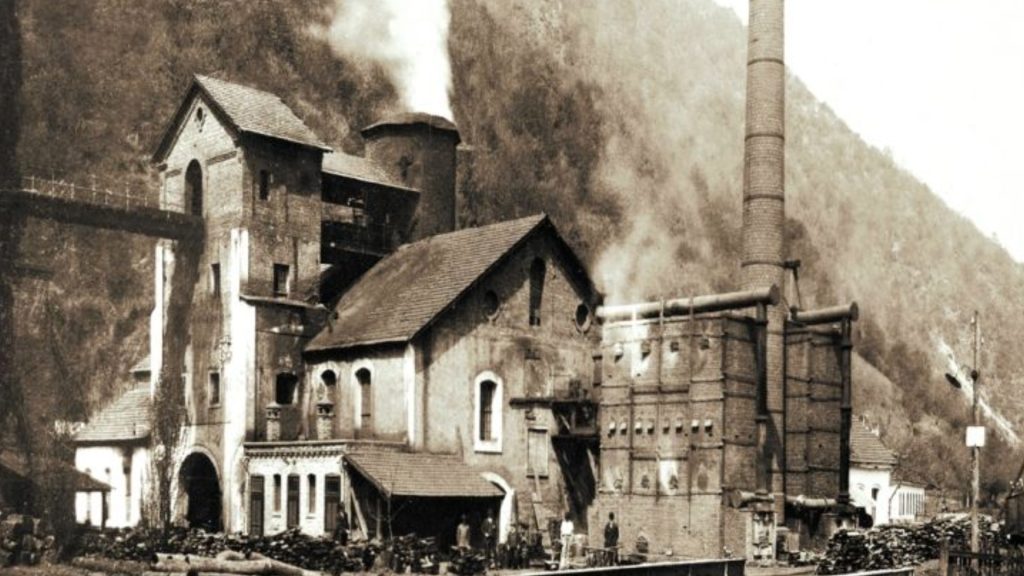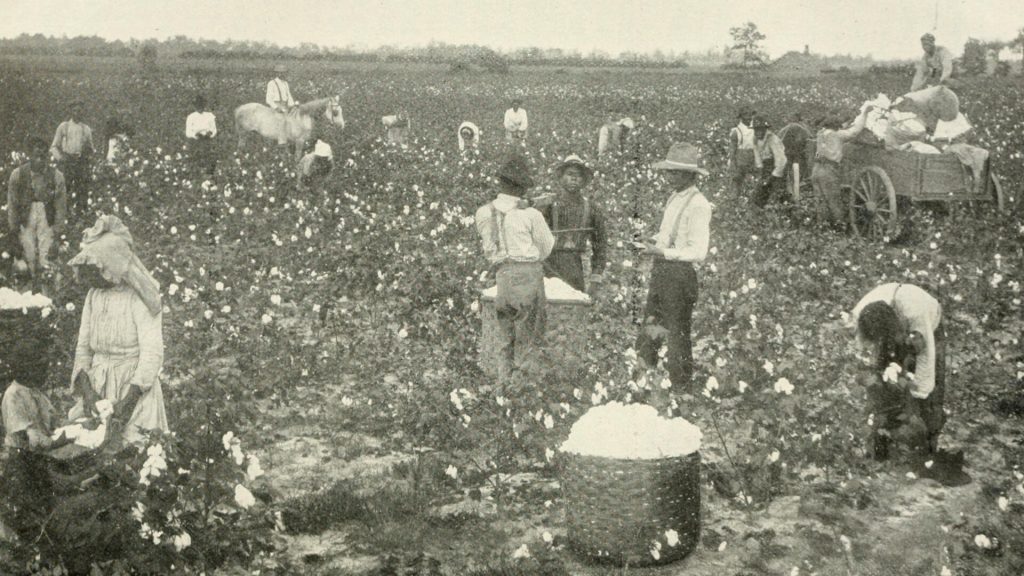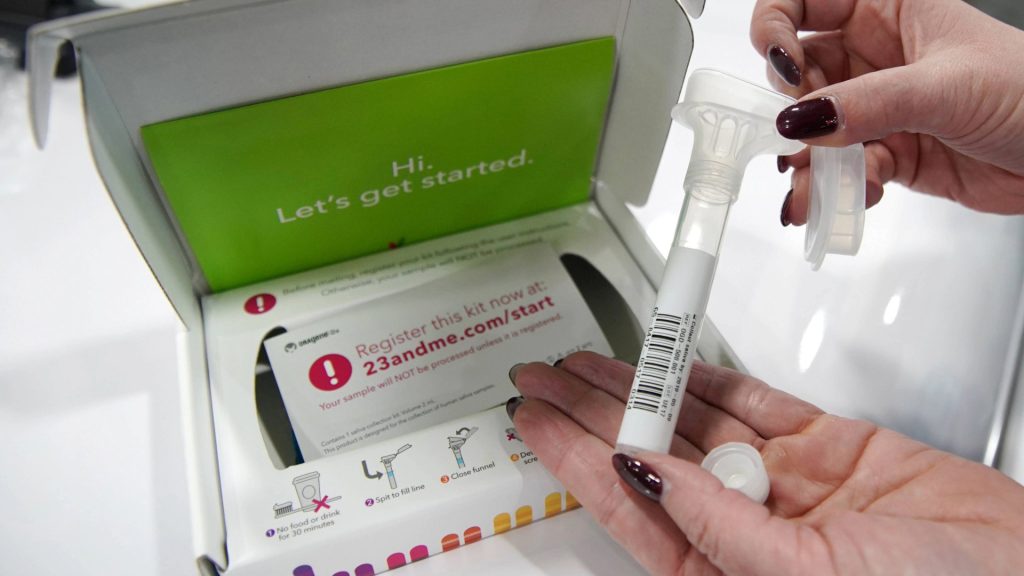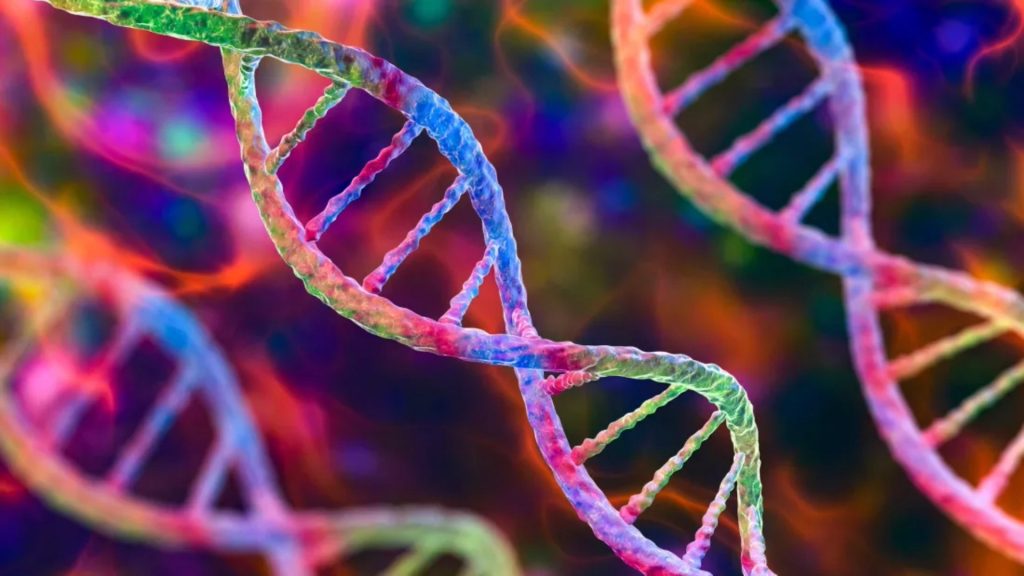In the 1970s, 27 sets of human remains were removed from a cemetery for enslaved people in Maryland, which was used from 1774 to 1850, to make way for a highway project. They have been stored at the Smithsonian Institute.
A recent DNA analysis of these remains is revealing insights into the past of African Americans in the early decades of the United States. The findings not only tell us where these people came from. They tell us that these people have thousands of descendants living today. As with most DNA analyses, however, it creates a complex ethical problem.
The Remains Were Found at the Catoctin Furnace Site
The Catoctin Furnace was built in Maryland – between the towns of Frederick and Thurmont not far from where Camp David sits today – in 1774 to produce pig iron. During the American Revolution, this facility made cannonballs for the war effort. As the demand for iron increased, the four brothers who owned the business added additional furnaces.

The owners of the Catoctin Furnace relied on slave labor to produce the iron. In time, a small village grew up around the furnace complex, with housing for the enslaved workforce. There was even a small cemetery in which deceased workers were buried.
Moving the Remains
The Catoctin Furnace went out of business in 1903. Today, the furnaces and surrounding area are preserved as an important pre-Industrial Revolution site. Visitors to the site can see a glimpse back in time to when the Catoctin Furnace provided iron to help build the new nation.

Ongoing archaeological work is being done at the Catoctin Furnace. Much of it focuses on the lives of the African American enslaved workers. The remains of 27 of them – sixteen males and eleven females – ranging in age from infants to people over 60 years old were removed in the 1970s and sent to the Smithsonian in Washington DC.
A Southern Factory Close to the North
The location of Catoctin Furnace in Maryland is significant. It sits in what is now Cunningham Falls State Park and is only a few miles from the presidential retreat at Camp David. More notably, it is located just south of the Mason-Dixon Line, the traditional dividing line between the North and the South.

Its location in the South meant that the furnace’s owners could use an enslaved workforce. But it was close enough to the North to play a key role in providing the raw materials to kickstart the Industrial Revolution. The Catoctin Furnace used slaves until the mid-1800s when it became more cost effective to hire Irish immigrants.
Not All Slaves Toiled on Plantations
The history of slave labor at Catoctin Furnace is a reminder that not all African American slaves in the United States in the 1700s and 1800s toiled on Southern plantations. In areas where slavery was commonplace, particularly in the South, enslaved people were often used in factories.

These types of businesses profited from a free and ready workforce in the same way that plantation owners benefited from having unpaid workers. During the early 1800s, factory workers endured long hours, brutal and unsafe working conditions, and harsh treatment. For slaves, the situation was even worse.
Analyzing the Remains
After decades in a Smithsonian storeroom, a group of researchers conducted a DNA analysis of the 27 human remains unearthed at Catoctin Furnace. The study revealed some startling discoveries and offers insight into African American history.

Sadly, very little information regarding enslaved people, their heritage, and familial backgrounds was recorded in the 1700s and 1800s. Descendants of slaves have traditionally had few resources when tracing their family trees. That all began to change with the introduction of DNA databases.
The Smithsonian Researchers Teamed Up with 23and Me
In recent years, DNA analysis has gone mainstream and commercial. Companies like 23and Me are consumer-based genetic testing companies that offer customers the chance to use genome sequencing to learn about their own genetic makeup. With a simple saliva sample, a person can learn about his or her ethnicity, predispositions to some health risks, physical traits, and family relations.

The data gleaned from direct-to-consumer DNA testing is compiled into a database. Customers can locate long-lost relatives this way. However, 23and Me and other genetic testing companies have had to grapple with ethical concerns, such as privacy and the negative implication of genetic results.
Uncovering the Heritage of the Catoctin Furnace Remains
When looking at the ethnicity of the remains from the cemetery at Catoctin Furnace, the researchers discovered that they descended from only a few African cultures. They were found to have strong genetic ties to either the Wolof and Mandinka people of West Africa or the Kongo people of Central Africa.

Slave traders forcibly took African people from various parts of the continent and sold them in the New World. The human remains were found to have strong genetic connections to people currently living in the Democratic Republic of Congo, Senegal, Angola, and Gambia.
Slavery Interrupted Family Trees
When Africans were forcibly kidnapped from their homeland and relocated to the Americas, it severed family ties and interrupted familial lineage. The same was true for enslaved African-Americans. When a slave owner sold a person, they were plucked out of their family unit. This has all led to muddled family backgrounds.

Anthropologist Kari Bruwelheide of the Smithsonian’s National Museum of Natural History explained, “This knowledge was severed by slavery – a truth that has implications for African Americans far beyond the community of Catoctin Furnace.”
“The Power of Genomics”
Bruwelheide, who co-authored the study on the Catoctin Furnace remains that was published in the journal, Science, continued, “This study demonstrates the power of genomics to reconstruct some of what has been destroyed.”

“For African American and United States history, revealing these stories and family legacies is important to understanding and acknowledging who we are, where we came from and how we are connected to each other today,” she added.
DNA Revealed Health Concerns and Sexual Abuse
The DNA analysis of the remains showed that some of the 27 enslaved people carried the genetic markers for sickle cell anemia and G6DP deficiency. Both of these are genetic disorders related to abnormalities in the red blood cells. They are still disorders that are common in African American people.

Some of the remains also showed European ancestry. The researchers explain that this is evidence that White slave owners had sexually abused and exploited female slaves in the past. The rapes had resulted in children being born carrying the DNA of the slave owners.
Unknown Family Ties
The tragic situation of African American slaves resulted in incomplete family records and unknown family ties. “I hope that this study can help to restore some of the information about the lives of the Catoctin individuals that has otherwise been lost to time,” said Éadaoin Harney, the lead author of the study and a population geneticist with 23and Me.

“Enslaved African Americans are largely excluded from the historical record,” Harney continued. “In documents where they are mentioned, they are often treated as property, not as people.”
Long-Lost Ancestors
The research team compared the DNA findings from the Catoctin individuals with the personal ancestry database maintained by 23and Me. In doing so, they identified 41,799 people living in the U.S. who are descended from these people. Of those, 2,975 are classified as “close relatives.”

Kathryn Barca, an anthropologist with the Smithsonian Institute and the co-author of the study, added, “We hope this paper gives voice to these 27 individuals while it acknowledges their origins and centers their histories within the broader context of the United States. In this way, it can help to begin to restore their identity stripped by enslavement.”
Those Living Descendants Don’t Yet Know
The living descendants of the Catoctin individuals have not yet been notified about the results of the DNA analysis. 23and Me has to weigh the release of this information with the privacy concerns of its clients.

Andy Kill, a spokesperson for 23and Me explained, “We are considering a way to thoughtfully and ethically return results to those in the 23and Me database who would like to know if they are connected to the Catoctin Furnace individuals.”






